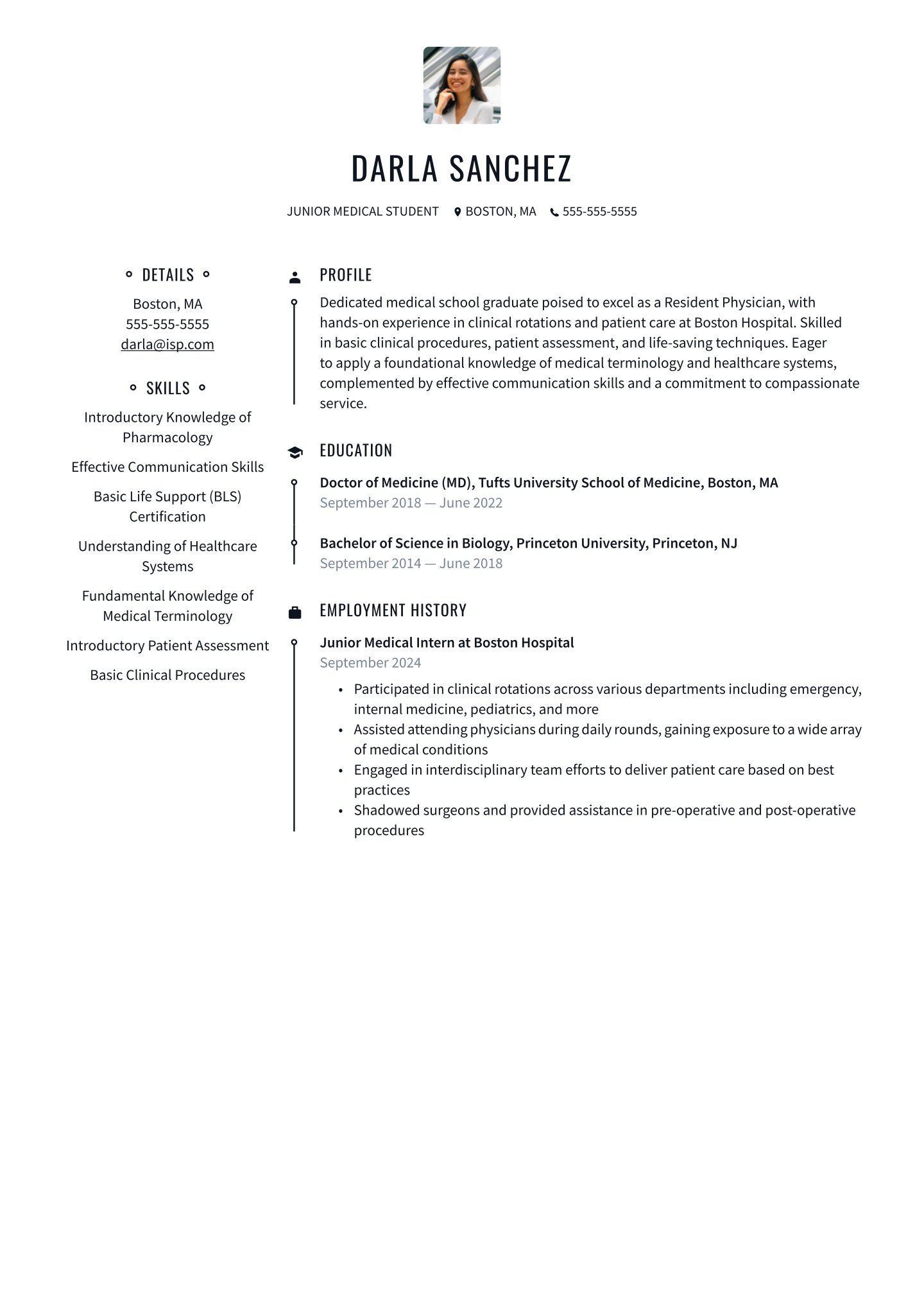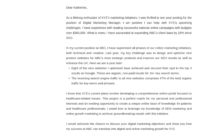Navigating the competitive world of medicine as a student can feel like a marathon, and one of the most crucial tools in your arsenal is a well-crafted Curriculum Vitae, or CV. It’s more than just a document; it’s your professional handshake, a snapshot of your journey, accomplishments, and aspirations. Whether you are applying for research opportunities, clinical rotations, elective placements, or even early residency programs, a powerful CV is what often opens the door to your next big step.
Think of your CV as your personal marketing brochure, designed to impress busy admissions committees and supervisors. It needs to be clear, concise, and compelling, showcasing why you are the ideal candidate. This is precisely where a thoughtfully designed cv template for medical students becomes incredibly valuable, providing a structured framework to highlight your unique strengths without missing any crucial details.
What Makes a Medical Student CV Stand Out
Creating a CV that truly stands out in the medical field requires more than just listing your academic achievements. It’s about strategically presenting your experiences and skills in a way that resonates with your target audience, whether that’s a research lab, a clinical department, or a residency program. Recruiters and faculty members often sift through hundreds of applications, so your CV needs to grab their attention quickly and effectively convey your value.
The key is to tailor your CV to the specific opportunity you are applying for. While a general template provides a strong foundation, you should always customize the content to emphasize the experiences and skills most relevant to the role. For instance, if applying for a research position, expand on your research projects and publications. If it’s a clinical elective, highlight your patient interaction and practical skills. This strategic customization shows genuine interest and a clear understanding of the position’s requirements.
Beyond tailoring, the substance of your experiences matters immensely. Medical students accumulate a diverse range of experiences, from rigorous coursework and clinical rotations to volunteer work and research. The challenge is to articulate these experiences in a way that demonstrates your learning, growth, and commitment to the medical profession. Focus on achievements and quantifiable results whenever possible, for example, “Assisted in data collection for a study involving 50 patients” instead of just “Assisted in a study”.

Essential Sections to Include
- Education: Detail your degrees, institutions, graduation dates, and any significant academic honors or awards.
- Clinical Experience: List your core rotations, elective rotations, and any hands-on patient care experience, specifying the duration and your responsibilities.
- Research Experience: Include any research projects you’ve been involved in, your role, the research topic, and the outcomes or publications.
- Publications and Presentations: List any articles published, posters presented, or oral presentations given.
- Volunteer Work and Extracurricular Activities: Showcase your commitment to service and leadership outside of academics.
- Work Experience: Any relevant part-time or full-time work that demonstrates transferable skills.
- Skills: Highlight clinical skills, laboratory techniques, language proficiency, and relevant software proficiencies.
- Awards and Honors: Any scholarships, grants, or recognitions received.
Remember, your CV isn’t just a record of what you’ve done, but a narrative of who you are becoming as a medical professional. Infuse it with your passion and dedication. A well-structured CV not only presents your qualifications but also subtly communicates your professionalism and attention to detail, traits highly valued in medicine.
Crafting Your CV The Easy Way
Starting a CV from scratch can feel overwhelming, especially when you are juggling demanding medical school schedules. This is where leveraging a reliable cv template for medical students comes into play. A good template provides a clear, professional layout, ensuring that all essential information is included and presented in an organized, readable format. It saves you valuable time and stress, allowing you to focus on the content rather than struggling with formatting issues.
While a template offers a solid starting point, the real magic happens in how you personalize it. Don’t just fill in the blanks; think critically about each entry. Every bullet point should convey impact and relevance. For instance, when describing a clinical rotation, instead of merely stating the specialty, describe specific patient cases you managed (while maintaining patient confidentiality), procedures you assisted in, or diagnostic skills you developed. This level of detail transforms a generic entry into a compelling narrative of your practical experience.
Proofreading is another non-negotiable step. A single typo or grammatical error can undermine your credibility. After you’ve drafted your CV, step away from it for a few hours, then come back with fresh eyes. Better yet, ask a trusted mentor, peer, or career counselor to review it. They might spot errors you missed or offer valuable suggestions for improvement. A polished CV demonstrates your commitment to excellence, a quality highly sought after in the medical field.
- Use strong action verbs: Start bullet points with dynamic verbs like “Managed,” “Assisted,” “Coordinated,” “Conducted,” “Analyzed.”
- Quantify achievements: Wherever possible, use numbers or percentages to illustrate your impact (e.g., “Educated 20+ patients on medication adherence”).
- Maintain consistent formatting: Ensure fonts, spacing, and bullet points are uniform throughout the document.
- Keep it concise: Aim for one to two pages for most medical student CVs. Only include the most relevant and impactful experiences.
- Get feedback: Have at least two people review your CV for clarity, accuracy, and impact.
Finally, remember that your CV is a living document. It should evolve as you gain more experience, learn new skills, and achieve new milestones. Regularly update it after each rotation, research project, or significant accomplishment. Keeping it current ensures you are always ready to seize new opportunities as they arise, whether it’s applying for a competitive fellowship or a residency position down the line.
Armed with a well-structured and thoughtfully detailed CV, you are much better positioned to make a lasting impression. It acts as your advocate, speaking volumes about your capabilities, dedication, and potential even before you step into an interview room. Investing time in crafting an exceptional CV is an investment in your future medical career.
By following these guidelines and utilizing a smart approach, you will be well on your way to presenting yourself as a highly capable and promising future healthcare professional. Your journey in medicine is just beginning, and a strong CV is your reliable companion on this exciting path.
